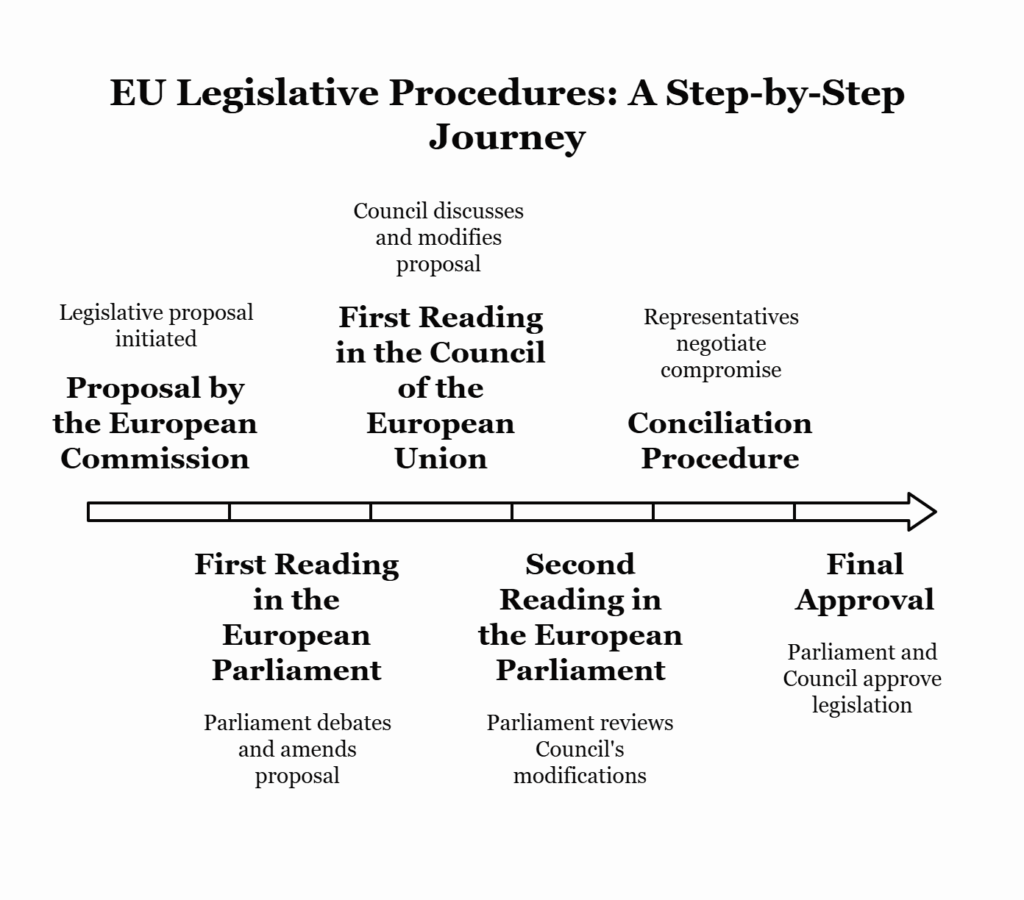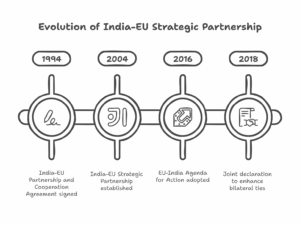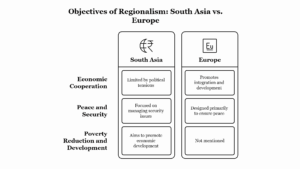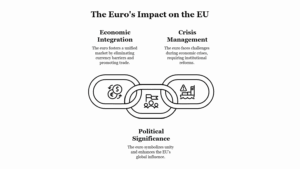The European Union (EU) operates on a complex system of decision-making procedures designed to balance the interests of Member States, EU institutions, and citizens. Decision-making in the EU involves multiple institutions, including the European Commission, the European Parliament, and the Council of the European Union. Over time, the EU has developed a set of procedures that allow these institutions to work together in a way that ensures democratic legitimacy, efficiency, and the respect of Member State sovereignty.
In this answer, we will discuss the various decision-making procedures in the EU, with particular emphasis on the Ordinary Legislative Procedure, the consultation procedure, the consent procedure, and the special legislative procedures.
1. Ordinary Legislative Procedure (OLP)
The Ordinary Legislative Procedure (OLP), also known as co-decision, is the primary method for passing legislation in the EU. It is a joint process involving the European Commission, the European Parliament, and the Council of the European Union. The OLP applies to a wide range of legislative matters, including internal market rules, environmental protection, and consumer rights.
1.1 Stages of the OLP
- Proposal by the European Commission: The process begins when the European Commission, which has the exclusive right to initiate legislation, submits a legislative proposal to the Parliament and the Council. These proposals are often based on prior consultations, studies, and feedback from various stakeholders.
- First Reading in the European Parliament: After the Commission submits its proposal, the European Parliament debates it in its relevant committees and then votes on it in a plenary session. The Parliament can amend the proposal at this stage.
- First Reading in the Council of the European Union: The proposal then moves to the Council of the European Union, where it is discussed and amended by representatives of the Member States. The Council must either approve the Parliament’s amendments or suggest its own modifications.
- Second Reading: If the Council and Parliament disagree, the proposal returns to the Parliament for a second reading. Here, the Parliament may accept or further amend the proposal. If Parliament and the Council still disagree, a conciliation procedure is triggered.
- Conciliation: The conciliation committee consists of representatives from both the Parliament and the Council. Its goal is to reach a compromise between the two bodies. If the committee reaches an agreement, the proposed legislation returns to the Parliament and the Council for final approval.
- Final Approval: Once an agreement is reached, the European Parliament and the Council both must approve the final version of the legislation, which is then enacted as EU law.
1.2 Significance of the OLP
The OLP ensures that both the democratic mandate of the European Parliament (directly elected by citizens) and the intergovernmental interests of the Council (representing Member States) are taken into account in the legislative process. This balance of power makes the process more representative and ensures that legislation is crafted through wide consultation.
2. Consultation Procedure
The consultation procedure is one of the earliest decision-making processes in the EU. It is still used for certain areas of legislation, although its scope has diminished over time with the expansion of the OLP. Under the consultation procedure, the European Parliament is consulted by the Council of the European Union, but Parliament does not have the final say on the legislation.
2.1 Stages of the Consultation Procedure
- Proposal by the Commission: Like the OLP, the process begins with a proposal from the European Commission.
- Council’s Decision: After receiving the Commission’s proposal, the Council discusses it and can amend it.
- Parliament’s Opinion: Parliament issues a non-binding opinion on the proposal. Parliament can suggest amendments, but the Council is not obligated to accept them.
- Adoption by the Council: The final decision lies with the Council, which is not required to follow Parliament’s opinion.
2.2 Characteristics of the Consultation Procedure
The consultation procedure limits Parliament’s role, making it more consultative in nature. It is applied to issues like agriculture, competition policy, and environmental protection. However, it has become less significant over time as the OLP has gained prominence.
3. Consent Procedure
The consent procedure requires European Parliament’s approval before certain key decisions can be taken, particularly in areas where the EU negotiates external agreements or major policies that affect the rights of citizens or Member States.
3.1 Stages of the Consent Procedure
- Proposal by the Commission: As with the other procedures, the European Commission initiates the proposal.
- Parliament’s Consent: The proposal is submitted to the European Parliament, which debates and votes on it. Unlike the consultation procedure, Parliament must either approve or reject the proposal. Parliament cannot amend the proposal.
- Council’s Final Decision: After receiving Parliament’s consent, the Council of the European Union makes the final decision.
3.2 Areas of Application
The consent procedure is typically used for international agreements (e.g., trade agreements, association agreements with third countries) and important EU budgetary decisions. This procedure ensures that Parliament has a formal say in major decisions affecting EU policies and international relations.
4. Special Legislative Procedures
There are also several special legislative procedures that apply to specific areas of EU law. These procedures differ from the ordinary legislative process and may involve different combinations of institutions, depending on the issue at hand.
4.1 Examples of Special Legislative Procedures
- Unanimity in the Council: In some areas, such as foreign policy, taxation, and defense, the Council of the EU makes decisions by unanimity. This means that all Member States must agree on the decision before it can be adopted.
- Role of Parliament: While the European Parliament may be consulted or must give its consent, it does not play an equal role in the decision-making process as it does under the OLP. In these cases, the Council has greater authority.
4.2 Significance of Special Legislative Procedures
Special procedures provide flexibility to the EU’s decision-making processes, allowing for greater efficiency in some areas and ensuring that Member States’ sovereignty is respected in sensitive matters.

5. Conclusion
The EU’s decision-making process is characterized by a blend of democratic legitimacy, intergovernmental cooperation, and supranational governance. The Ordinary Legislative Procedure (OLP) serves as the cornerstone of the EU’s legislative process, providing a balance between the European Parliament’s democratic mandate and the Council’s intergovernmental control. Other procedures, such as the consultation and consent procedures, as well as special legislative procedures, ensure that different sectors of EU policy-making are addressed effectively while respecting both EU institutions’ roles and Member State sovereignty. Understanding these decision-making processes is crucial for comprehending how the EU operates and how it manages to legislate on issues that impact the lives of over 440 million citizens in 27 countries.








Leave a Reply